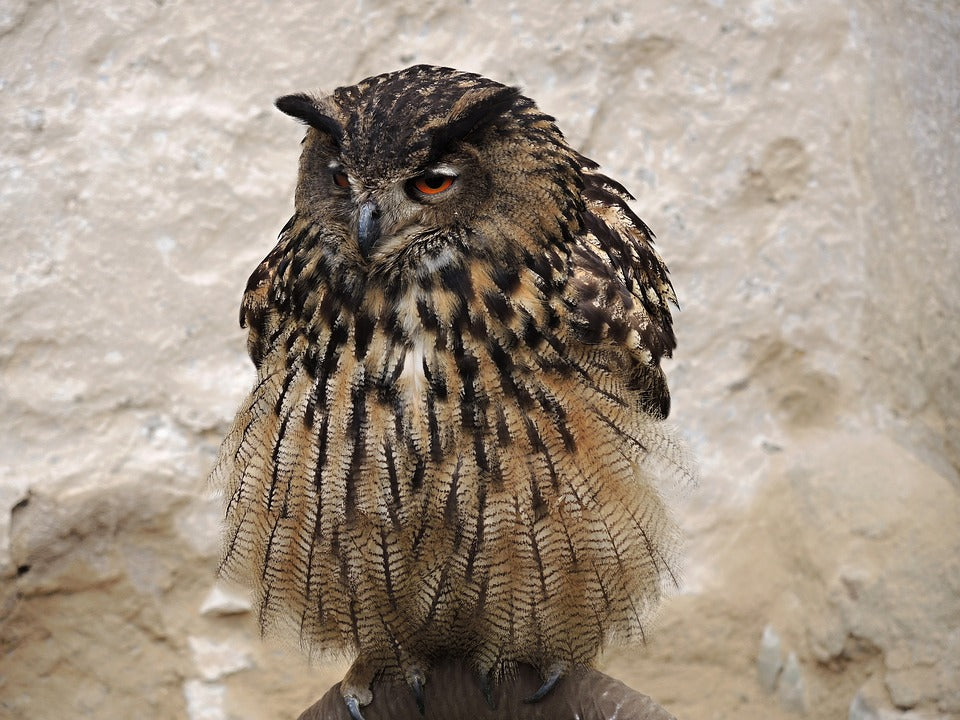Offer
Provide additional details about the offer you're running.
Provide additional details about the offer you're running.
Provide additional details about the offer you're running.

One of the most dominant features of some species of owls is their prominently displayed ear tufts. These groups of feathers either stand upright on owl’s heads or hang alongside the head very much look like a set of ears and are usually associated by many people to be the ears of the owl or at least aid in the function of hearing for these raptors.
This couldn’t be further than the truth. The fact is; ear tufts have absolutely no impact on the birds hearing, but much research has been performed by esteemed ornithologists to attempt to determine the exact function and uses of these prominent features.
The great horned owl, for example, derived its name from the fact that their tufts or plumicorns resemble horns or tall ears. Researchers have suggested that while these tufts are not used for hearing purposes, they do seem to play a role in other areas of the birds lives.
One theory is that ear tufts are used to help camouflage equipped bird species, as the tufts will break up the shape of the owl and can often look like a broken branch and can help roosting owl remain concealed. Much like other animals use their ears, it is also believed that ear tufts are used in instances of aggression. Most birds have the ability to control their ear tufts and can raise and lower them when in threatening positions and aid them in defending territory.
Ornithologists also believe ear tufts play a large role in communication, as it has been noted that some owls seem to be using ear tuft posture or movement to signal safety or possible threats to hunting partners and mates.
While owls are primarily associated with having ear tufts, there are a variety of other birds that also share theses unique features and are believed to use them in a similar manner. Horned larks, stitchbirds, ring-necked pheasants, tufted puffins, royal rockhoppers and several crested penguin species all are equipped with identifiable ear tufts.
High Quality Blend